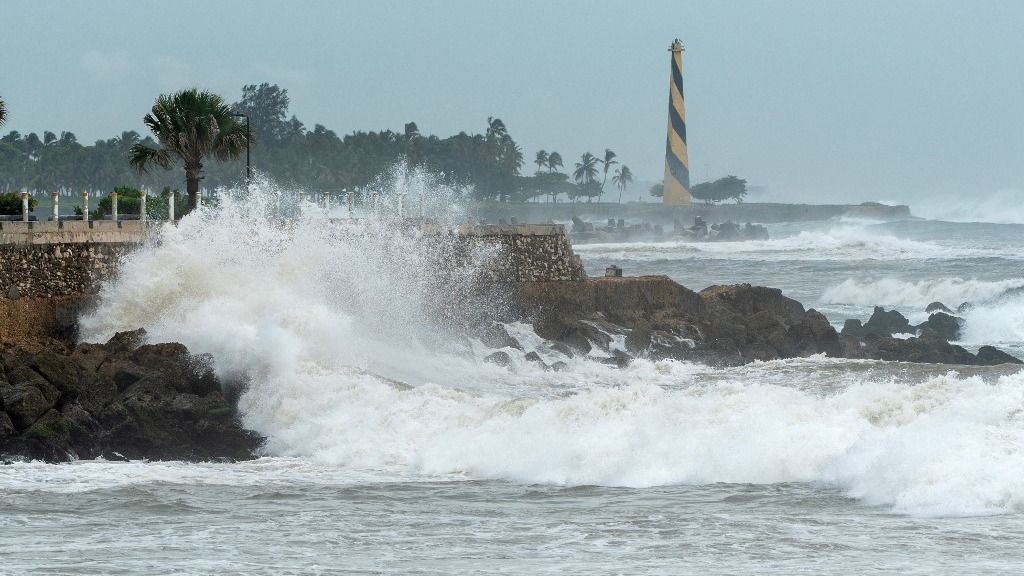The La Niña weather phenomenon begins around the equator in the central and eastern Pacific Ocean due to cooler than usual ocean waters and
It can be associated with floods and droughts in the Caribbean, as well as increased frequency of hurricanes.

Photo: AFP
According to José Luis Stella, an expert at the South American Regional Climate Center, this year already Evolve La Nina phenomenon, they stressed, could have a serious impact on already severe weather.
According to experts, severe droughts can be expected to recur between 2020 and 2023 in South America due to the La Nina phenomenon.
The El Niño climate phenomenon, associated with a warming of the tropical surface of the Pacific Ocean and the La Niña phenomenon that replaces it in South America, causes severe damage to agriculture in the cultivation of wheat, rice, corn and other grains.
El Niño occurs periodically – every 2-7 years – and lasts about 9-12 months. The World Meteorological Organization said in its report released in May that in 2023, due to El Niño and climate change caused by human activity, Latin America has been hit by many more natural disasters than in previous years.
El Nino and La Nina – What do you want to know about them?
In the Pacific Ocean, under normal conditions, trade winds blow westward along the equator and carry warm water from South America to Asia. To replace the warm water, cold water rises from the depths, a process called overturning.
El Niño and La Niña are two opposing climate phenomena that hinder the above process.
During an El Niño, the trade winds weaken. Warm waters move eastward toward the west coast of the Americas. El Niño means “little boy” in Spanish. South American fishermen first noticed periods of unusually warm water in the Pacific Ocean in the 17th century. The full name they used was El Niño de Navidad, as El Niño typically peaks around December. El Niño can have a significant impact on our weather. As the water warms, the Pacific jet stream moves from its neutral position and heads south. As a result of this shift, the northern parts of the United States and Canada will be drier and warmer than usual. However, in the Gulf of Mexico and the southeastern United States, these periods are wetter than usual and the risk of flooding is greater.






